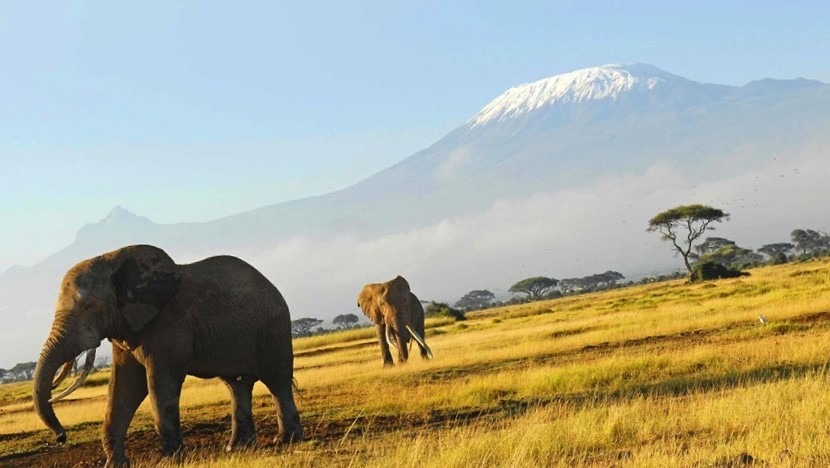The environment is said to be the first among the several casualties of the comfort of modernization of man. With the ever-increasing technological advances, both humans and animals are never more at risk from the resulting misuse of nature than today.
You may sometimes ask yourself what you can do, as your co-dwellers from the animal kingdom are incapable of addressing this issue. You’d be surprised that a simple gesture such as wearing an animal hat could help.
The environmental challenges that we are facing now are significant and seem overwhelming. But fortunately, if we can create them, we can also do our part to solve them, one step at a time.
Current environmental issues
- Deforestation and climate change – increased demand for wood products and the need for more residential, commercial, or agricultural land have significantly depleted our forests over the years. This leaves 80% of the animal kingdom bereft of their natural habitat and at risk of becoming endangered species.
- Wildlife trafficking and poaching – man has been hunting animals since they started using tools. But over the years, the demand for animal parts other than for food such as ivory has increased dramatically. Once numbering in millions, the elephant population in Africa has been reduced to over 100,000.
- Pollution – indiscriminate disposal of wastes continues to be a problem for the environment. Residential, commercial, and agricultural wastes continue to pollute bodies of water. Plastic waste alone has killed over 2000 species of animals and this is still increasing.
- Depletion of natural resources – increasing population and the subsequent increase in consumption has led to the reduction of natural resources, decreasing biodiversity and tipping the balance of ecosystems.
Being part of the solution
- Reduce – garbage in is garbage out. Reducing the number of products you purchase would help minimize the amount of waste you generate. If you don’t need it, don’t buy it.
- Reuse – one way to do this is by repurposing old household items such as using old jars or boxes to store small items, donating old clothes, or using old bottles to make decorations.
- Recycle – segregate recyclable wastes such as cardboard boxes, plastic bottles, and newspapers then drop them off to the nearest recycling centers.
- Plant a tree – it takes years for a tree to grow to full maturity and only minutes to cut down. Join or organize tree-planting drives in your office, school, or organization to help replenish denuded forests.
- Do not use plastic – plastic waste is among the top pollutants of ocean ecosystems. The larger of them can trap and immobilize various marine life, eventually killing them. When broken down into microplastics, they can poison whatever manages to ingest them.
- Adapt a scarcity mentality – keep in mind that not everything is unlimited. For example, think before you print on paper. And if you do, print on both sides. Carpooling is another way, both saving fuel and minimizing carbon emissions. Be mindful when using electricity and water by always turning off when not in use.
- Use green energy – the sun is an infinite source of energy and technology for capturing and storing it has significantly improved over the years. The use of solar energy is advantageous especially for homes where demand for electricity is not that much.
- Be an advocate – reducing waste or conserving energy is good but not enough. Fortunately, there are groups and even companies that promote the environment and they could use our help.
For instance, you can purchase an animal hat from a company that not only raises awareness for the environment but donates some of its profits to charities that help protect animals and their habitat.
There are several things that we can do to help save the world and all who live in it. Being generally mindful of consuming everything around us is one way to ensure that we have enough resources for the years to come.
Even a simple gesture such as showing support for an advocate company could go a long way to raise awareness and provide funds needed by organizations that champion nature and its inhabitants. The bottom line is if we all pitch in, no solution is too small, and no problem is too big.




